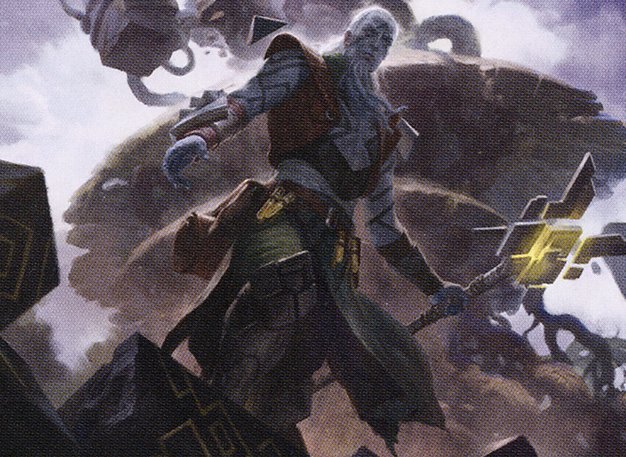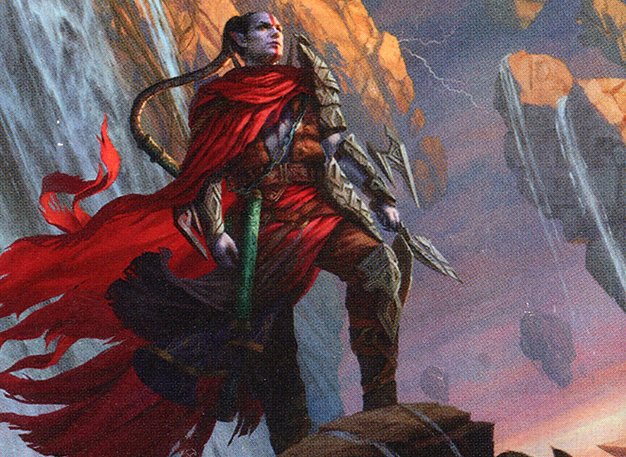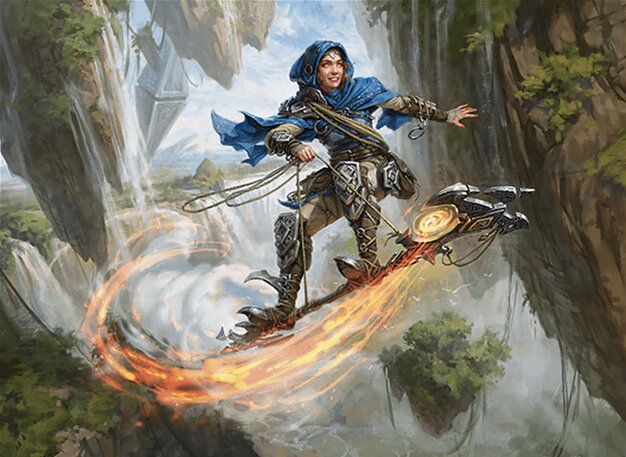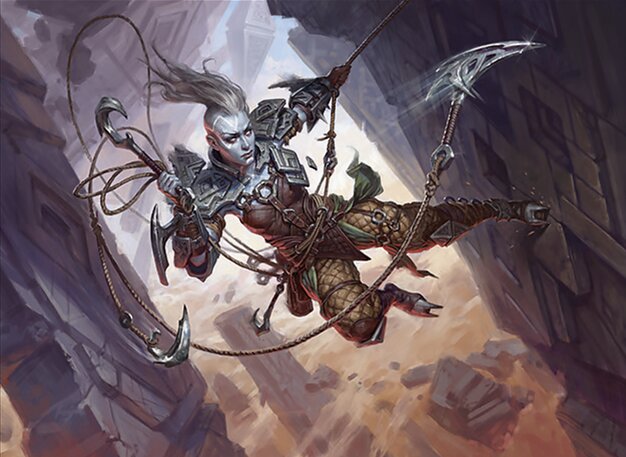Deck & Commander Strategies

Orah, Skyclave Hierophant
An aristocrat-style Cleric deck that sacrifices Clerics for value and recurs them using Orah's ability, generating card draw and repeated enter-the-battlefield effects to maintain board presence and card advantage.

Anowon, the Ruin Thief
A Rogue tribal deck focused on stealing cards from opponents' graveyards, utilizing ninjutsu for evasive attacks, and disrupting enemy plans while applying pressure with aggressive Rogue creatures.

Kaza, Roil Chaser
A Wizard spellslinger deck that leverages the strength of Wizard creatures alongside spell casting synergies to draw cards, control the board, and out-tempo opponents through continuous spell play.

Akiri, Fearless Voyager
A Warrior tribal deck heavily focused on equipping Warriors with multiple equipment to generate card draw and combat advantages, using aggressive attacks and equipment synergies to dominate the battlefield.
Gameplay Insights
- 1
The Cleric deck's engine relied heavily on sacrificing Clerics to trigger Orah's ability, enabling recursion and multiple enter-the-battlefield triggers that generated incremental card advantage.
- 2
The Rogue deck's inclusion of ninjutsu provided evasive combat opportunities that pressured opponents while taking advantage of graveyard interactions to disrupt and steal resources.
- 3
The Warrior deck's synergy between equipment and Akiri's card draw ability allowed for sustained aggression and resilience against removal by detaching and re-equipping to maximize value.
- 4
Mana ramp artifacts such as Talisman accelerated the Warrior deck’s early game, enabling faster deployment of key equipment and creatures.
- 5
Avoiding infinite combos in deckbuilding ensured that the gameplay focused on tribal synergies and board interactions rather than quick combo wins, fostering a more dynamic multiplayer experience.
Notable Cards
-

Orah, Skyclave Hierophant
-

Anowon, the Ruin Thief
-

Kaza, Roil Chaser
-

Akiri, Fearless Voyager
-

Helm of the Host
Gameplay Summary
The game featured four distinct tribal decks built around the Zendikar Rising party mechanic, each led by a different commander: a Cleric deck focused on sacrifice and recursion, a Rogue deck leveraging graveyard theft and ninjutsu synergies, a Wizard spellslinger deck emphasizing powerful wizard creatures and spell casting, and a Warrior deck centered on equipment synergy and aggressive tribal combat.
Early game developments showed a focus on ramp and establishing board presence, with the Warrior deck ramping quickly using mana artifacts and setting up equipment interactions.
The Cleric deck utilized continuous sacrifice and recursion to generate value and card advantage, while the Rogue deck aimed to disrupt opponents by stealing cards from graveyards and applying pressure with evasive creatures.
The Wizard deck sought to capitalize on spell casting triggers and card draw to maintain tempo and control the board.
As the game progressed, players navigated interactions between tribal synergies and party mechanics, with pivotal moments including strategic sacrifices by the Cleric player to maximize value, and aggressive equipment attachments from the Warrior player to push damage.
The win condition revolved around leveraging tribal synergies to outpace opponents in value generation and combat dominance, with the interplay of sacrifice, recursion, and spell casting shaping the evolving board state.






































